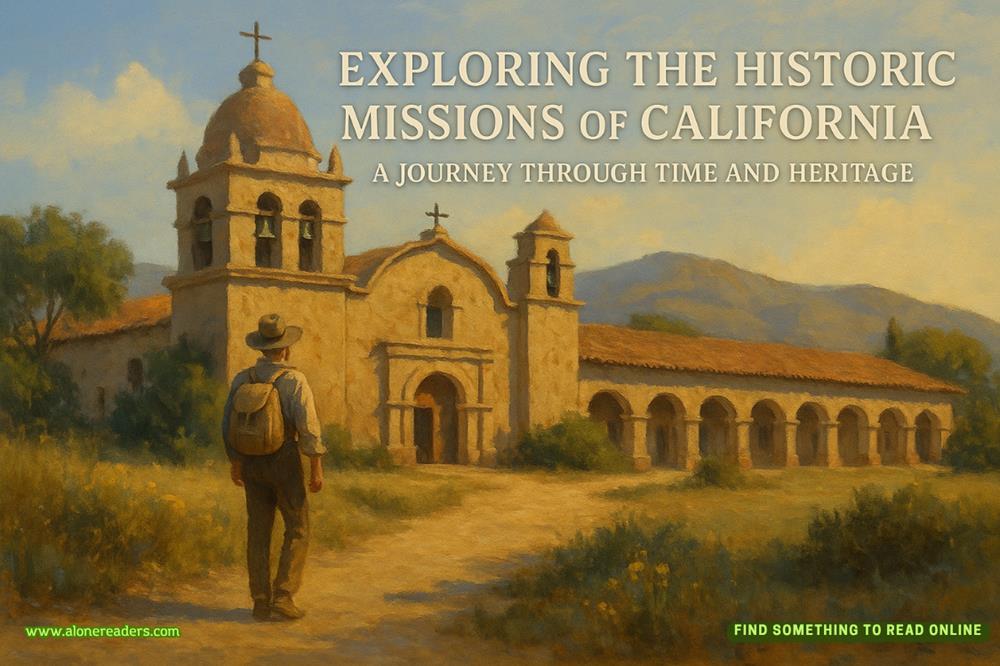The trail led them along a series of ridges that had been partially protected from the storm’s fury. Here and there, he saw clearer evidence… a heel print in softer soil, claw marks on a tree where someone had steadied themselves, the faint scuff marks where multiple individuals had passed through a narrow gap between boulders.
But the more he studied the signs, the more convinced he became that something was wrong with Kraath’s assessment.
“These aren’t normal feral tracks,” he said, crouching.
Kraath’s gaze fixed on him. “What do you mean?”
He ran his finger along the edge of one print without touching it. “The stride length is wrong. Too short for adult male ferals, but the width suggests a different bone structure entirely.”
And here’s where it gets interesting. Watch the commander’s face.
“Could be youngsters,” Kraath said, but his voice carried that same too-quick quality Raaze had noticed earlier. “Ferals who were sent here as children. They’d have different proportions.”
He shook his head, standing to face the larger man. “I’ve tracked enough to know the difference. Children who grew up feral would still have a male skeletal structure… broader shoulders, different hip angles. These tracks...” He gestured at the evidence. “These suggest female bone structure.”
The words hung in the cold air between them. Kraath’s expression didn’t change, but something shifted in his stare.
Hit a nerve, did we?
“That’s impossible,” Kraath said flatly. “There are no female ferals.”
“I know what I’m seeing,” he replied, his voice equally flat. He’d learned not to back down from confrontation during his playing days, and going feral hadn’t changed that part of his personality. “These aren’t male tracks.”
“You’re misreading the signs,” Kraath said, his tone taking on the authority of command. “The storm damage, the partial impressions… you’re seeing patterns that aren’t there.”
Oh, he’s definitely hiding something. Question is, what?
He studied the commander’s face, looking for tells. Kraath was good at maintaining his composure, but everyone had weaknesses. The slight tension around his mouth, the way his jaw tightened—subtle signs that most people would miss.
“Maybe,” he said finally, though he didn’t believe it for a second. “But I’m calling it like I see it. These bone structures don’t match male ferals.”
Kraath’s silence stretched long enough to become uncomfortable. When he spoke, his voice carried an edge. “Let’s focus on finding actual signs of our missing people instead of getting distracted by old feral tracks.”
‘Old’ tracks? When did we establish they were old?
They carried on walking, but now Raaze conducted a different kind of tracking exercise. He was reading Kraath now just as much as he was reading the tracks.
The trail led them higher into the mountains, following game trails and natural corridors that offered the easiest passage through the rough terrain. Whoever had made these tracks knew the country well… chosen their route with the efficiency of experience.
“Multiple individuals,” Raaze said, studying where the trail widened. “At least four, maybe five.”
“Pack behavior,” Kraath agreed. “Ferals often travel in groups.”
But not female ferals, right? Because those don’t exist. Except we’re literally following their tracks.
The morning sun climbed higher, burning off the thin layer of frost that had formed overnight. His breath no longer misted in the air, and the physical activity was warming his muscles back to something approaching normal function. But the cold in his gut had nothing to do with the weather. And something was very wrong with Kraath’s story.
Welcome to the wonderful world of garrison politics, his legion snarked. Where the truth is whatever the brass says it is.
They crested a ridge and paused to survey the route ahead. The valley beyond showed less flood damage, protected by the natural barrier of the ridge line. The rocky canyon ahead twisted through the mountains like a scar, offering multiple routes deeper into the wilderness.
Kraath pulled out a battered map, spreading it against a flat boulder. “We’re here,” he said, tracing a contour line. “The terrain gets rougher ahead.”
Raaze glanced at the map, then back at the tracks they’d been following. “These ferals, or whatever they are, they know exactly where they’re going.”
The trail led down into the valley, and here the story became clearer. Multiple individuals, moving with purpose rather than the random wandering typical of feral packs. The stride patterns suggested urgency but not panic… controlled movement by individuals who knew exactly where they were going.
“The patterns are too organized,” he shook his head. “Look at the spacing, the way they’re maintaining formation even through difficult terrain. This isn’t blood rage behavior.”















